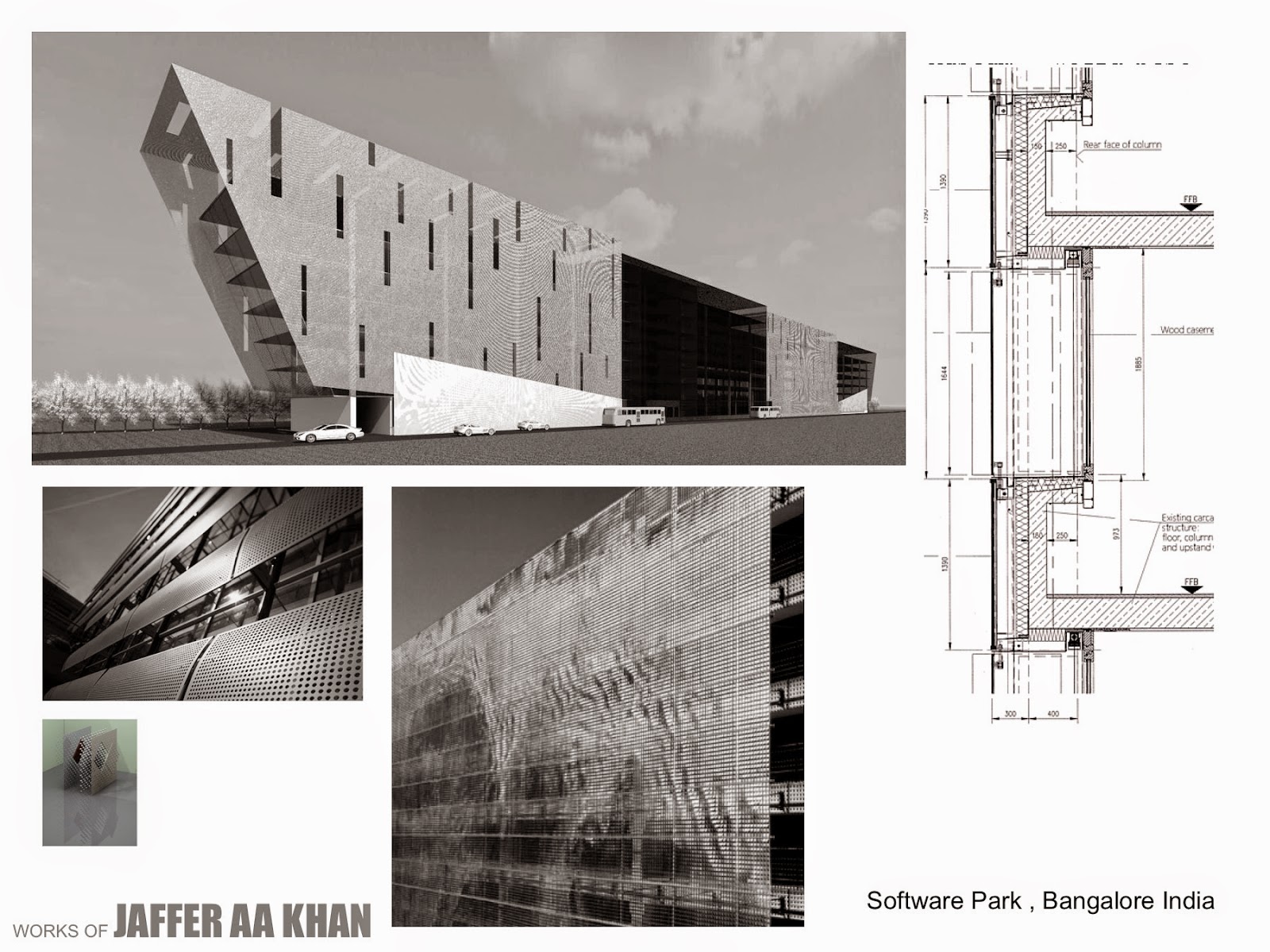TRAINING THE ARCHITECT - NEED OF THE HOUR
In 1937, Walter Gropius wrote, “Training the Architect” for his presentation as the Chairman of the Department of Architecture of Harvard University. It reinvented his experience in Bauhaus, between 1919 and 1928, and became the pedagogical programme for the new Modern Paradigm of architectural education. At that moment, the Beaux-Arts system was being revaluated and the American schools of architecture intended to approach the university through s scientific and technological curriculum .
Walter Gropius revolutionized the American modern architecture through the manifesto of “Training the Architect” through integrating architecture by seeking a relationship between Art and Science. The concept of “ Learning by Doing” was already underway as part of democratic education.
Between the years 1937 and 1952, Gropius carried out an architect’s education based on the co-operation of three departments of the Harvard Graduate School of Design (GSD) – Architecture, City Planning, Landscape Architecture – aiming to bring closer the student’s projects to the real problems of society, thus endowing the architect’s education with the ambitioned technical ability and tools to integrate the various specialties in the project.
Thus the Modern curriculum and the methodology of collaboration, not between arts and crafts as in the Bauhaus, but between landscaping and planning received international acknowledgement. Gropius managed to make GSD international with students from all around the globe through a nuclear curriculum and a collaborative studio, founded in teamwork and in “methods more than skills”, therefore generating “ the greatest innovations of the century in project teaching”.
During the CIAM congress in 1947, Gropius created the Education Commission to debate the training of the Modern architect and underlined the following principles for a new architectural education.
1. In an age of specialization, method is more important than information.
2. Three- dimension conception is the basic architectural discipline.
3. In the first year, basic design-and-shop practice combined should introduce the students to the elements of design – surface, volume, space and color. Simultaneously the elements of construction and building to be taught.
4. In the second and third year, the design and construction studio, supplemented by the field experience during summer vacations and by activities in a laboratory.
5. Construction to be taught as a part and parcel of design.
6. Students should be trained to work in teams.
7. History studies should begin in the third year rather than in the first, to avoid intimidation and imitation.
8. Teachers should be appointed after sufficient practical experience.
9. Schools of small size are more efficient than large sizes (100-150)
10. The efficiency of teaching depends on the number of students per teacher (12 to 16).
The above principles almost became a benchmark globally and most of the schools particularly in India adopt these principles. But over the decades much of it has diluted and the content needs a relook and revision. The architectural education in the country is presently at crossroads. It is possible the we may cross the 500 mark very soon. With this rapid growth of the schools and dilution of curriculum, which does not propose a strong “Foundation Course”, the situation in the future seems to be a more difficult task to train a “good architect”.
“ The architect of the future should act as a coordinating organizer of broadest experience, who starting out from social conceptions of life, succeeds in integrating all social, formal and technical problems of our time into organic relationship,” wrote Gropius.
It is time that we review the foundations of our architectural education in the country. MIDAS under the leadership of this author, had taken an effort to call eminent academics, professionals and industry leaders during his tenure as the founding director of the institute to enrich the academic programme. The idea of Critical Thinking in the Architectural Education was even the hot topic of discussion during NASA 2015.
It is time that we review the role of the institutions, which have control over the education system in India and must understand that the architectural education is best when not under the control of the University system. More than this is the issue of leadership and inspiration. When this fails the entire institute collapses. What happened to Penn, when Kahn died? It was never the same and no leader had replaced it for a long time. This seems to be true in many cases even today.











































